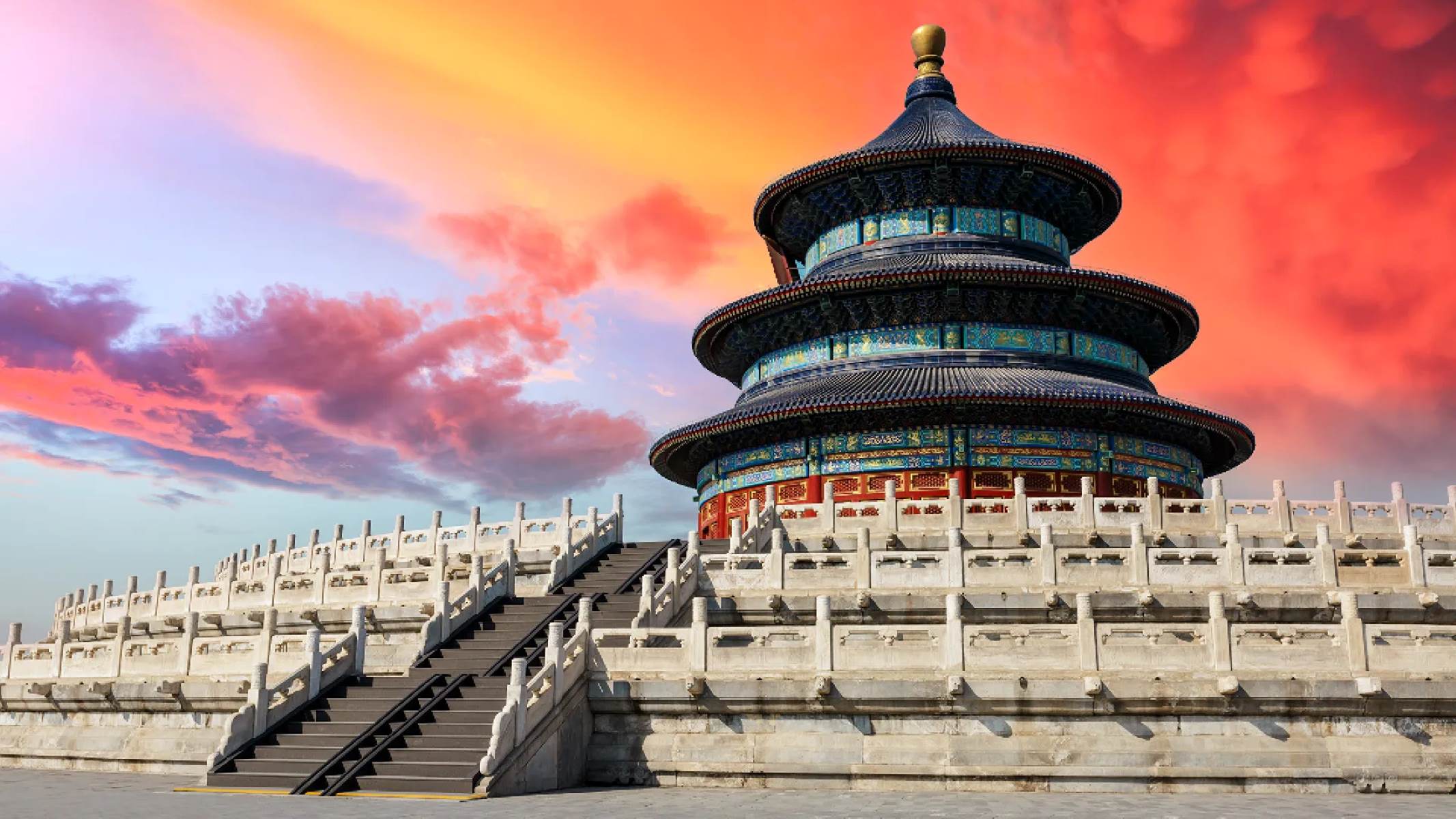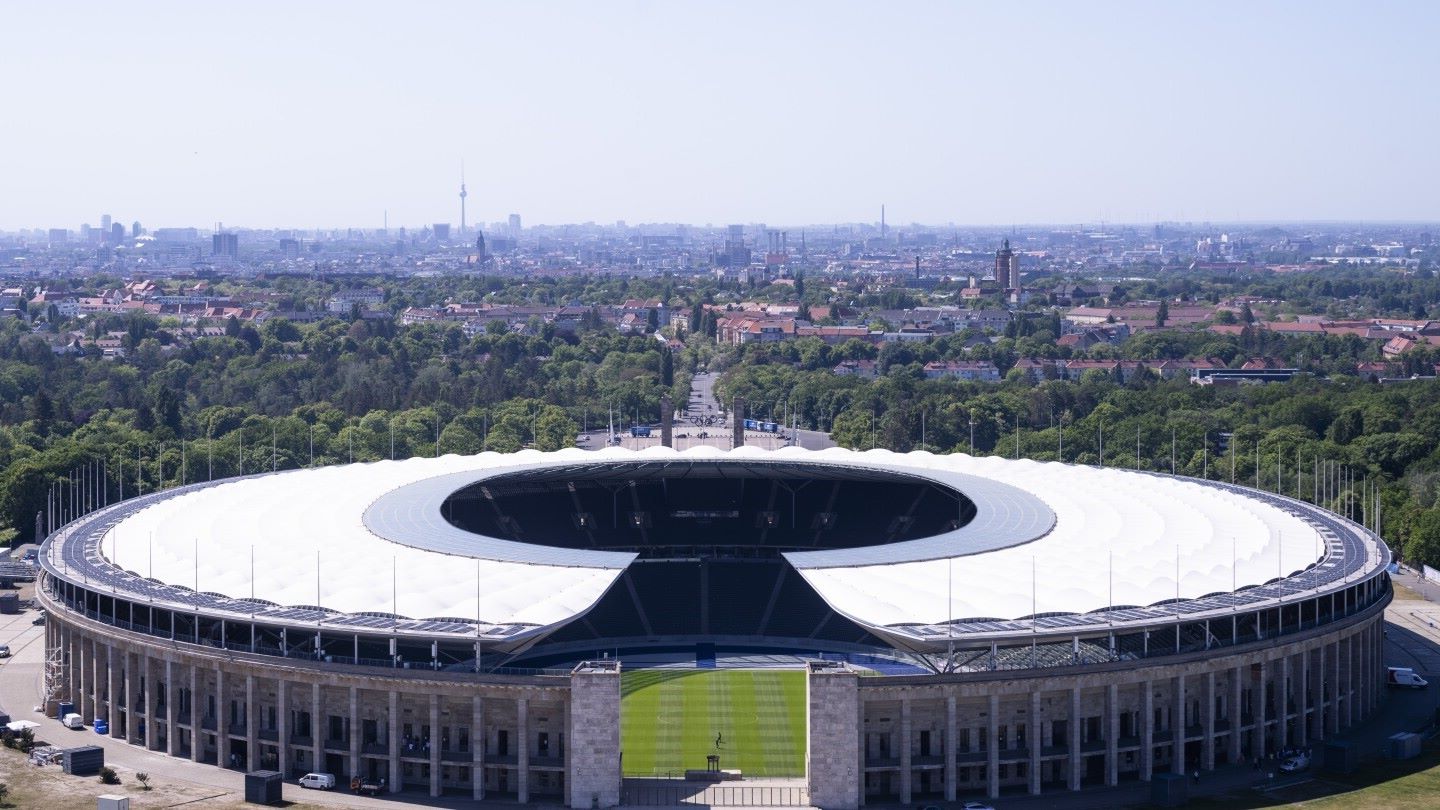
The Temple of Heaven is an iconic and mesmerizing landmark located in Beijing, China. It holds immense historical, cultural, and spiritual significance, making it one of the most visited attractions in the country. This majestic structure, built in the 15th century during the Ming Dynasty, is a masterpiece of ancient Chinese architecture and design.
In this article, we will delve deeper and discover 20 intriguing facts about the Temple of Heaven. From its intricate details to its symbolic rituals, each aspect of this magnificent site holds fascinating stories waiting to be unveiled. So, join us on this journey as we explore the secrets and wonders of the Temple of Heaven.
Key Takeaways:
- The Temple of Heaven in Beijing, China, is a sacred and UNESCO World Heritage site, known for its stunning architecture and historical significance. It symbolizes the harmony between heaven and earth, captivating millions of visitors each year.
- With its intricate design and beautiful gardens, the Temple of Heaven showcases the ancient Chinese belief in the interconnectedness of the spiritual and physical realms. It continues to inspire and captivate people with its rich cultural heritage.
The Temple of Heaven is an iconic landmark in Beijing, China.
Located in the southeastern part of the city, this magnificent temple complex is considered one of the most sacred sites in the country.
It was originally built in the early 15th century during the reign of Emperor Yongle.
Emperor Yongle, who also commissioned the construction of the Forbidden City, ordered the creation of the Temple of Heaven as a ceremonial place for the Ming Dynasty rulers to worship the heavens.
The Temple of Heaven covers an area of about 273 hectares.
With its vast grounds and beautiful architecture, the temple complex is a testament to the grandeur and architectural prowess of ancient China.
The main building within the Temple of Heaven is the Hall of Prayer for Good Harvests.
This stunning circular building with its distinctive blue roof and intricate carvings is a masterpiece of Ming Dynasty architecture.
The Hall of Prayer for Good Harvests is built entirely without the use of nails.
The wooden structure relies on precise interlocking joints to hold it together, showcasing the advanced construction techniques of the time.
The Hall of Prayer for Good Harvests is surrounded by a unique circular marble terrace.
This terrace is known as the Echo Wall, as even the faintest sound made at one end can be heard clearly at the other end.
The Echo Wall was designed to amplify the prayers and rituals performed within the Hall of Prayer for Good Harvests.
It was believed that the amplified sound would help ensure bountiful harvests and good fortune for the emperor and the people.
The Temple of Heaven is a UNESCO World Heritage site.
It was inscribed on the list in 1998 for its cultural significance and outstanding architectural achievements.
The complex is divided into inner and outer sections.
The inner section includes the main buildings, while the outer section comprises beautiful gardens and ancient pine trees.
The Temple of Heaven was a place of great importance during the Ming and Qing dynasties.
Emperors would perform elaborate ceremonies and make offerings to the heavens on the Winter Solstice and other significant dates.
The Circular Mound Altar is another prominent feature of the Temple of Heaven.
This circular platform symbolizes heaven and was used for sacrificial rituals during imperial times.
The number nine holds great significance in Chinese culture, and it is reflected in the design of the Temple of Heaven.
Many of the structures in the complex are arranged in multiples of nine, as it is considered an auspicious number.
The Temple of Heaven is beautifully landscaped with meticulous attention to detail.
It features winding paths, lush gardens, and ancient trees that create a tranquil and harmonious atmosphere.
The historic importance of the Temple of Heaven continues to this day.
It serves as a popular tourist attraction and offers visitors a glimpse into ancient Chinese culture and spirituality.
The Temple of Heaven is surrounded by a double wall.
This architectural feature was designed to create a sacred and secluded space for the emperor to perform rituals.
The Temple of Heaven is particularly enchanting during the spring season.
When the cherry blossoms are in full bloom, the temple complex is transformed into a sea of vibrant colors.
The Temple of Heaven has been featured in several movies and television shows.
Its stunning architecture and rich cultural heritage make it a popular filming location.
The Temple of Heaven is visited by millions of tourists every year.
People from all over the world come to admire its beauty and learn about its historical significance.
The Temple of Heaven is a symbol of harmony between heaven and earth.
It represents the ancient Chinese belief in the interconnectedness of the spiritual and physical realms.
The Temple of Heaven serves as a testament to the ingenuity and artistic brilliance of the ancient Chinese civilization.
It stands as a reminder of the rich cultural heritage that continues to inspire and captivate people to this day.
Conclusion
In conclusion, the Temple of Heaven is not just a magnificent landmark in Beijing, it is also a symbol of Chinese culture and tradition. With its stunning architecture, rich history, and annual ceremonies, it continues to captivate visitors from around the world. Whether you are interested in its architectural beauty, its religious significance, or simply the fascinating facts surrounding it, the Temple of Heaven has something to offer everyone. So, if you ever find yourself in Beijing, make sure to add this iconic landmark to your must-visit list. It will surely leave you in awe of its grandeur and cultural significance.
FAQs
Q: What is the Temple of Heaven?
A: The Temple of Heaven is a complex of religious buildings located in Beijing, China. It was built in the early 15th century during the Ming Dynasty and is considered a masterpiece of Chinese architecture.
Q: What is the significance of the Temple of Heaven?
A: The Temple of Heaven was a place where emperors of the Ming and Qing dynasties would perform sacrificial rituals to pray for good harvests and the well-being of the empire. It symbolizes the harmony between heaven and earth in Chinese culture.
Q: How big is the Temple of Heaven?
A: The Temple of Heaven covers an area of approximately 273 hectares (675 acres) and is much larger than the Forbidden City. It consists of several key buildings, including the Hall of Prayer for Good Harvests, the Circular Mound Altar, and the Imperial Vault of Heaven.
Q: Can visitors enter the Temple of Heaven?
A: Yes, visitors can enter the Temple of Heaven and explore its various structures and gardens. However, access to certain areas may be restricted during ceremonial events or restoration work.
Q: Is the Temple of Heaven a UNESCO World Heritage Site?
A: Yes, the Temple of Heaven was inscribed as a UNESCO World Heritage Site in 1998. It is recognized for its cultural and historical significance, as well as its exceptional architectural design.
Was this page helpful?
Our commitment to delivering trustworthy and engaging content is at the heart of what we do. Each fact on our site is contributed by real users like you, bringing a wealth of diverse insights and information. To ensure the highest standards of accuracy and reliability, our dedicated editors meticulously review each submission. This process guarantees that the facts we share are not only fascinating but also credible. Trust in our commitment to quality and authenticity as you explore and learn with us.


